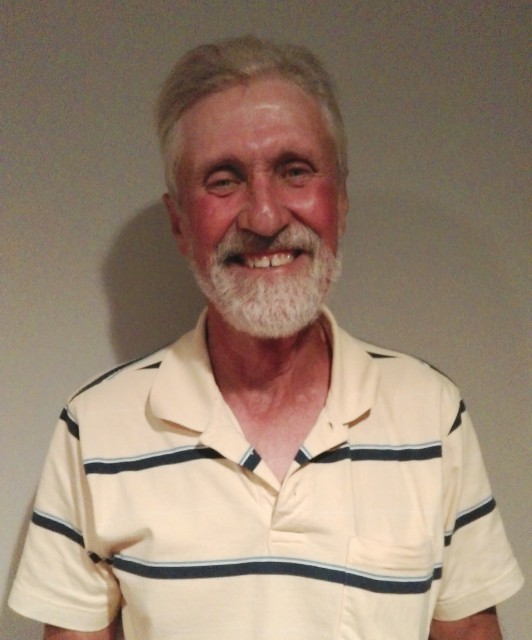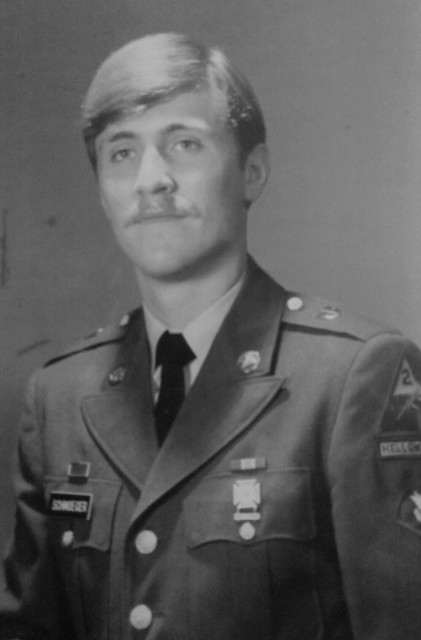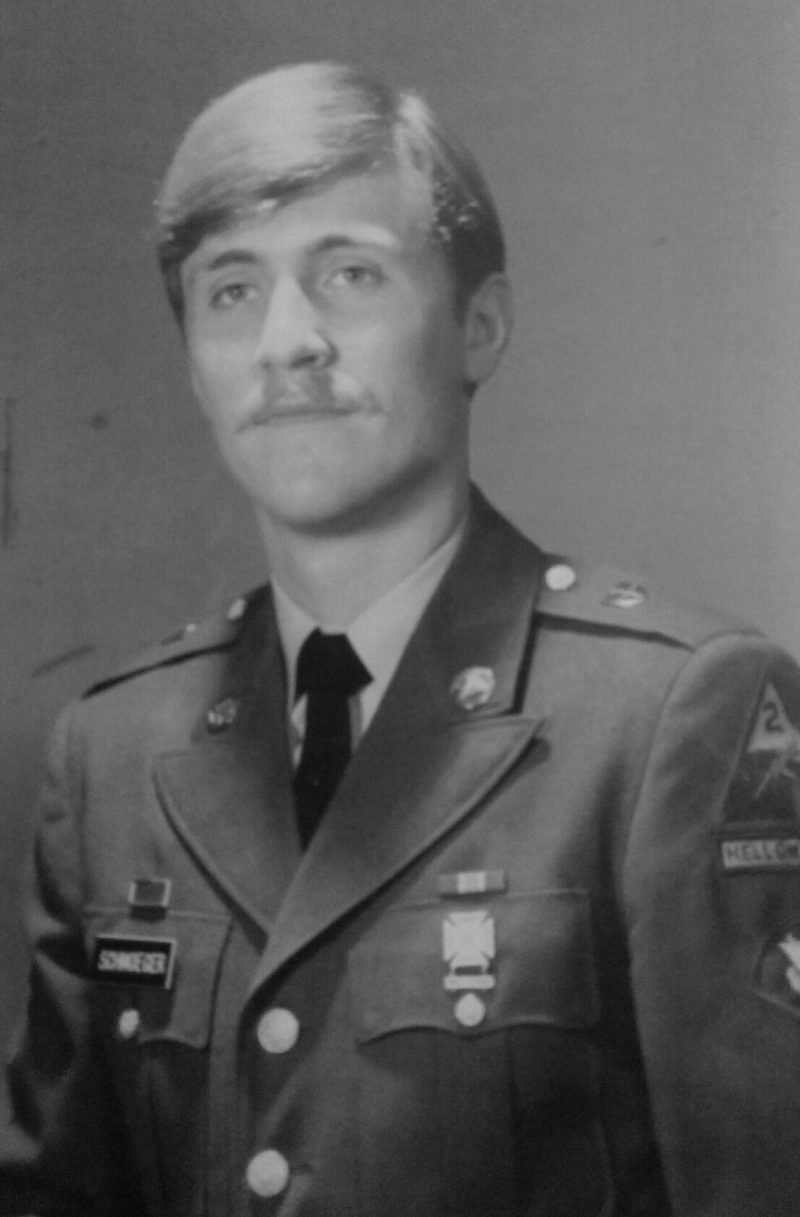By Jeremy P. Ämick
During the period of the Vietnam War (1964-1975, as recognized by the Department of Veterans Affairs), an estimated 3.4 million men and women deployed to Southeast Asia as part of the war effort.

But what these numbers often conceal is that of the 8.7 million men and women who donned a military uniform during this same period, more than 5.3 million remained stateside or served in locations outside of the warzone, performing integral support roles and functions.
“When my class graduated (from Ft. Sam Houston, Texas), we were the first class that sent no medics to Vietnam,” said Army veteran Donn Schmoeger, 66, Russellville, Mo., when discussing his time in military training during the late 1960s.
Raised near Russellville, Schmoeger spent a year working on his parents’ farm after graduating high school in 1967, but the following year, shifted his focus toward a different career path.
“I got into a carpenter apprenticeship with Local 945 in Jefferson City (Mo.)” Schmoeger said, “and was working with them when I got my draft notice.”
Since he was enrolled in an educational program, Schmoeger was approved for a one-year deferment while he continued his training to become a carpenter; however, the following year, he chose to “go ahead and get it over with” and finish his military obligation while he still possessed the advantage of youthful endurance.

Leaving his apprenticeship, Schmoeger was inducted into the U.S. Army in June 1969, traveling to Ft. Leonard Wood to complete his basic training. While there, the young recruit volunteered to complete training for a military drivers license, an action that would later influence the course of his military career.
Several weeks later, as he prepared to graduate from his basic training, the young soldier was informed that he would be transferred to Ft. Sam Houston, Texas, to expand upon his military driving experience by undergoing instruction to become an ambulance driver.
“They flew a plane load of us down (to Ft. Sam Houston) and once we got there, they divided us into two groups—those who would be ambulance drivers and those who would become medics,” he said.
But, as the veteran explained, his ambulance training paralleled much of what the medics received since he learned more advanced procedures such as administering injections.
“Not only did we learn how to patch somebody up and prepare them to go to the hospital,” Schmoeger said, “during the training we learned to give each other shots. We basically learned how to be medics,” he added.
During their medical instruction, Schmoeger said that he and his fellow soldiers were advised that 99 percent of those who received medical training would deploy to Vietnam, which led him to believe that would be his next duty assignment. However, he soon learned that his training class would be the first not to go to Vietnam.
“Admittedly, I was relieved,” he said. “We all heard what was going on over there and I thought for sure we would be in the middle of a war zone … getting shot at.”
When his class graduated in early 1970, Schmoeger was transferred to the 2nd Armored Division at Ft. Hood, Texas, spending a majority of his time as an ambulance driver supporting soldiers participating in field maneuvers while also delivering food and other provisions.
The following year, in March 1971, his military career came to a close when he received an early discharge under a “seasonable work” authority, returning to Russellville to assist his father on the farm.
Months later, he returned to the carpenters union to finish his apprenticeship and in 1972 married his fiancée, Sheryl Miles. The veteran went on to work as a carpenter for several decades, retiring earlier this year.
Though subject to a draft that compelled him into military service nearly a half-century ago, Schmoeger affirms that the time he spent in olive drab fatigues is an experience that was sprinkled with a little good fortune and one he views through the lens of positive hindsight.
“Like I said before, we all thought we were going to Vietnam and it’s something we would have done if we were sent,” he paused, adding, “but we were also relieved when we didn’t have to go … and I’ve always said that God must have been looking out for me.”
With a grin, he continued, “But it was still a very positive moment in my life and it taught me there’s always something to learn; it’s always good for a young person to get away from home and see what the rest of the world is like, and the Army can certainly do that for you!”
Jeremy P. Ämick writes on behalf of the Silver Star Families of America.
Jeremy P. Ämick
Public Affairs Officer
Silver Star Families of America
www.silverstarfamilies.org
